If you're a Spotify subscriber, brace yourself for another hit to your wallet. The streaming giant is gearing up to implement its third price increase in just three years, with reports indicating US users will face higher subscription fees in early 2026. This latest move continues a concerning trend where music streaming services are repeatedly asking customers to pay more while the industry landscape becomes increasingly competitive.
The pattern is becoming all too familiar: streaming platforms promise affordable access to vast music libraries, build massive user bases, then steadily ratchet up prices once they've established market dominance. Let's break down what this means for your music streaming budget and explore the broader implications for the industry.
The numbers behind Spotify's pricing strategy
The anticipated 2026 price hike would push Spotify's individual Premium plan to approximately $12.99 per month, according to industry analysts. That represents a dollar increase from the current $11.99 monthly fee, continuing the steady upward trajectory that began in earnest in 2023.
Here's what makes these increases particularly significant: J.P. Morgan estimates that a $1 monthly price bump could generate roughly $500 million in additional annual revenue for Spotify. That's not pocket change—it's a massive financial windfall that demonstrates just how lucrative these seemingly small increases can be when multiplied across millions of subscribers.
What's remarkable about this pricing acceleration is how compressed these increases have become. Spotify's U.S. subscription cost $11.99 per month currently, compared with $9.99 at launch 14 years ago. But here's the striking part: this would mark only the third price adjustment for US subscribers in Spotify's 14-year history, yet all three have happened within just the past three years. This represents a fundamental shift from gradual, long-term pricing stability to aggressive revenue optimization.
The move, reported by the Financial Times, comes as the company aims to boost profits amid rising content costs and intense competition in the music streaming market. This timing reveals the strategic pressure Spotify faces: content creators demanding higher payouts, competitors offering attractive alternatives, and investors expecting improved profitability after years of losses.
How Spotify's pricing compares to the competition
At $12.99 per month, Spotify would actually price itself above several major competitors. Current market rates show Apple Music and Tidal both charging $10.99 monthly, making Spotify's premium positioning even more pronounced.
This aggressive pricing strategy reflects Spotify's confidence in its market dominance. The platform claims over 30% of the music streaming market share, with approximately 236 million premium subscribers as of Q4 2023. That commanding position gives Spotify significant pricing power—they can charge more because they believe customers will stick around despite the increases.
The broader streaming landscape supports this bold approach. Music streaming accounts for 84% of total music industry revenue in the US, and the industry has experienced consistent growth with revenues reaching approximately $19.3 billion in 2023. When you're operating in a growing market with strong customer loyalty, price increases become an attractive way to boost margins without necessarily losing subscribers.
What's particularly telling is how Spotify has been testing subscriber loyalty. Back in July of last year, individual plans rose from $10.99 to $11.99 a month, Spotify Duo jumped from $14.99 to $16.99 a month, and the Family plan went from $16.99 to $19.99 a month. The fact that they're implementing another increase so soon suggests those previous hikes didn't cause the subscriber exodus many predicted, validating their pricing power strategy.
What's driving these constant price increases?
The justification for higher prices often centers around enhanced features and content offerings. Spotify will likely point to the addition of Spotify Lossless to explain why subscribers need to pay an extra dollar each month. The company has also heavily invested in audiobook content, becoming the No. 2 provider behind Audible by Q4 2023.
But there's a broader industry transformation at play here that goes beyond just adding features. All streaming platforms are increasing prices, with every streaming service exceeding inflation rates in their price adjustments. This suggests a fundamental shift in how these companies view their business models—from growth-focused customer acquisition to profit-focused revenue optimization.
The underlying economics make this strategy compelling from Spotify's perspective. The company pays out about 70% of its sales in royalties, which means they've historically struggled with profitability despite massive user growth. Price increases offer a direct path to improved margins without necessarily requiring proportional increases in content costs, making them mathematically irresistible for improving bottom-line performance.
Here's what's particularly revealing about the industry direction: the entertainment industry is adopting an endgame strategy, which involves cutting back investment in new products and raising prices. We're seeing this consolidation trend across entertainment sectors—the number of new scripted TV series fell by 23% last year, and similar patterns are emerging in music streaming where established platforms focus on extracting more value from existing customers rather than expanding libraries or features.
Looking ahead: what this means for subscribers
This pattern of regular price increases shows no signs of slowing down. Morgan Stanley analysts believe Spotify is likely to achieve 14% to 15% compound annual revenue growth through 2028, suggesting we can expect continued upward pressure on subscription fees as the primary driver of that growth.
For consumers, this creates a challenging landscape where music streaming is no longer the budget-friendly alternative it once promised to be. Over 80 million Americans use a premium streaming service, and with prices rising across all platforms, the cumulative impact on household budgets becomes significant. The "affordable streaming" promise that initially attracted millions of users is gradually eroding as services prioritize profitability over accessibility.
What we're witnessing represents a fundamental industry maturation. Price increases are now the engine of business for streaming platforms, rather than subscriber growth or feature innovation. This shift from customer acquisition to revenue extraction marks a mature industry phase where growth comes from existing users paying more rather than attracting new ones.
PRO TIP: If you're evaluating your streaming options, now's the time to audit your actual usage patterns. Are you really taking advantage of those audiobook hours? Do you need the family plan, or could you switch to individual? The price increases make it more important than ever to match your plan to your actual consumption habits and consider whether premium features justify the premium cost.
The broader market trend suggests this pricing pressure isn't unique to Spotify. Industry analysts expect similar increases across all major platforms, meaning even switching services may only provide temporary relief from higher costs.
The bottom line: prepare for higher streaming costs
Bottom line: Spotify's anticipated 2026 price increase represents more than just another dollar on your monthly bill—it signals a fundamental shift in the streaming industry's approach to profitability and customer relationships. The era of cheap, unlimited music streaming may be coming to an end, replaced by a more traditional model where premium content commands premium prices and companies focus on maximizing revenue from existing customers.
As streaming services continue prioritizing revenue growth over subscriber acquisition, consumers should expect this trend to accelerate across all platforms. The new normal is paying more for less, as these companies focus on extracting maximum value from established user bases rather than expanding access or significantly improving services.
For now, subscribers have time to evaluate their options and consider whether Spotify's enhanced features justify the higher cost—or whether it's time to explore those still-cheaper alternatives while they last. Just remember that in this climate, today's budget-friendly alternative could very well be tomorrow's premium-priced service as the entire industry follows this profitability-first playbook.




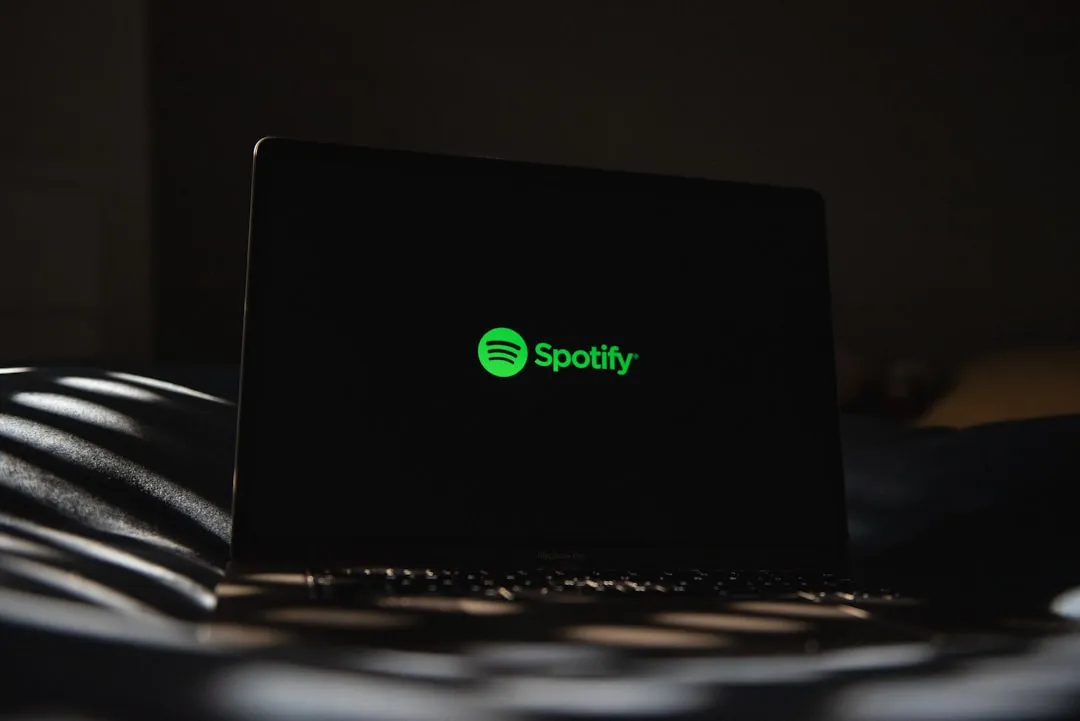



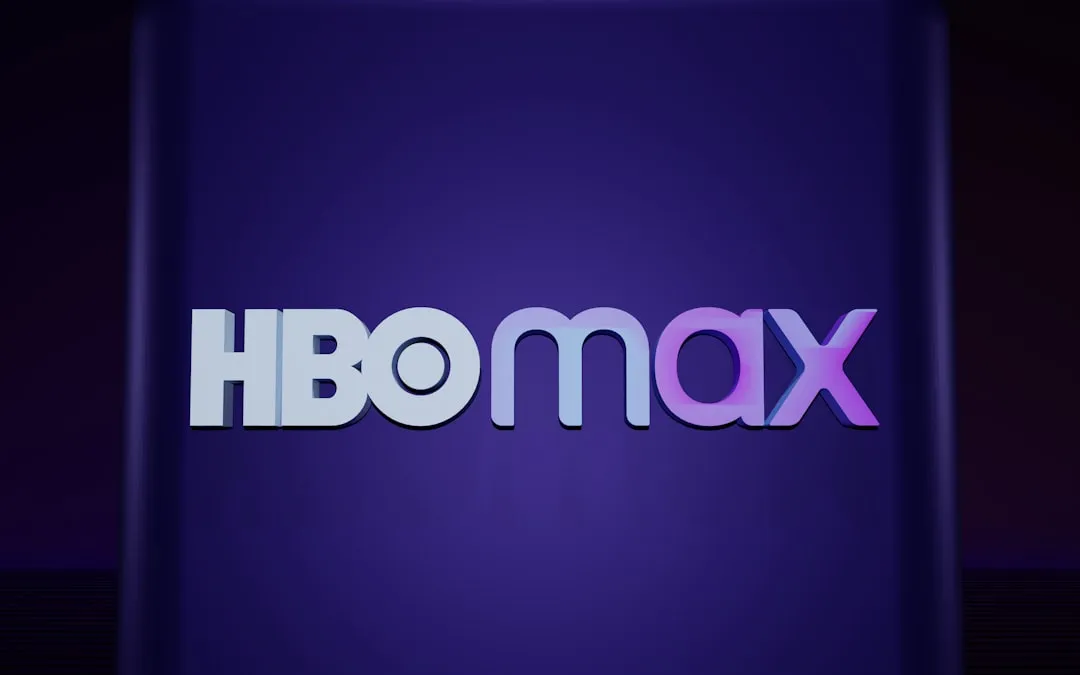


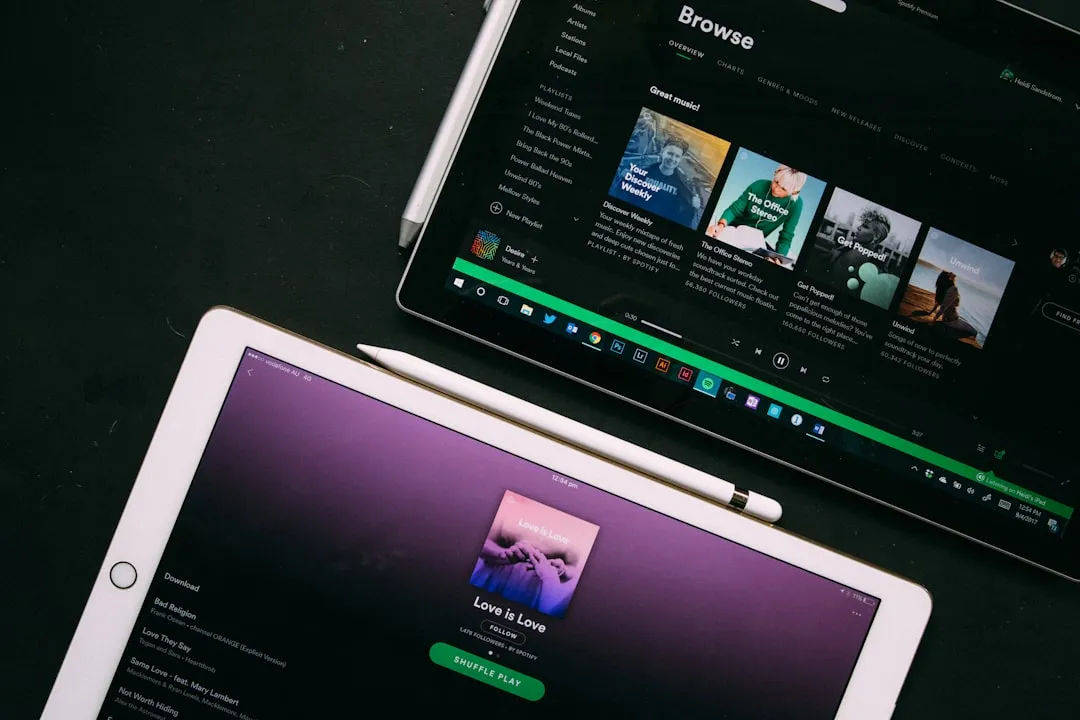

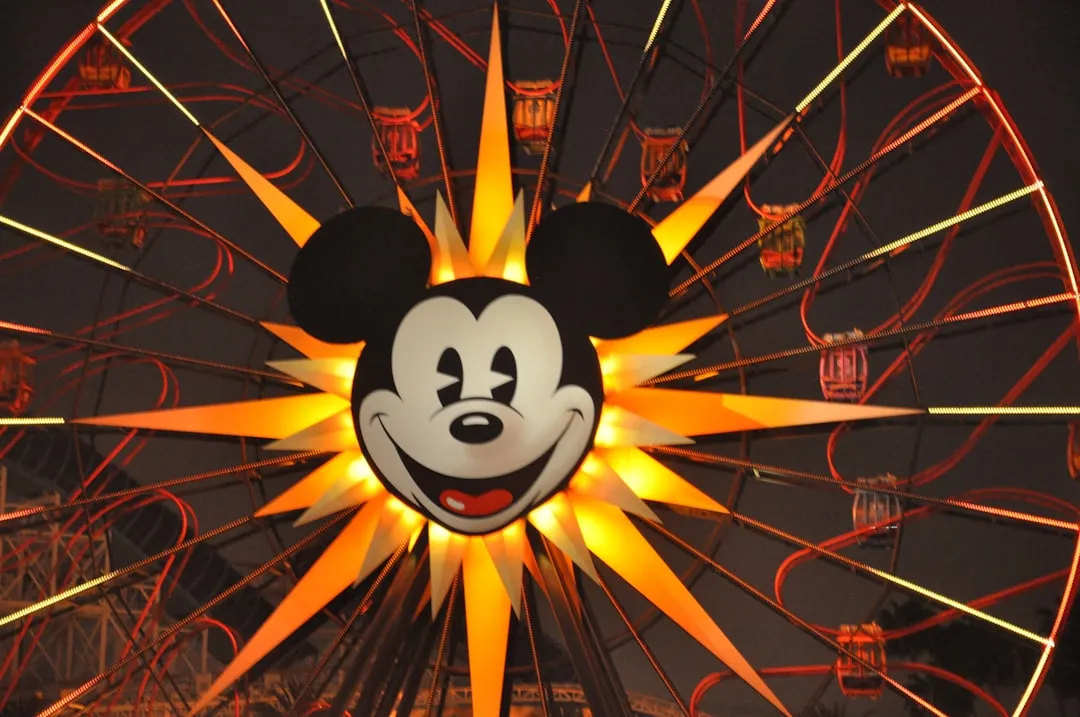
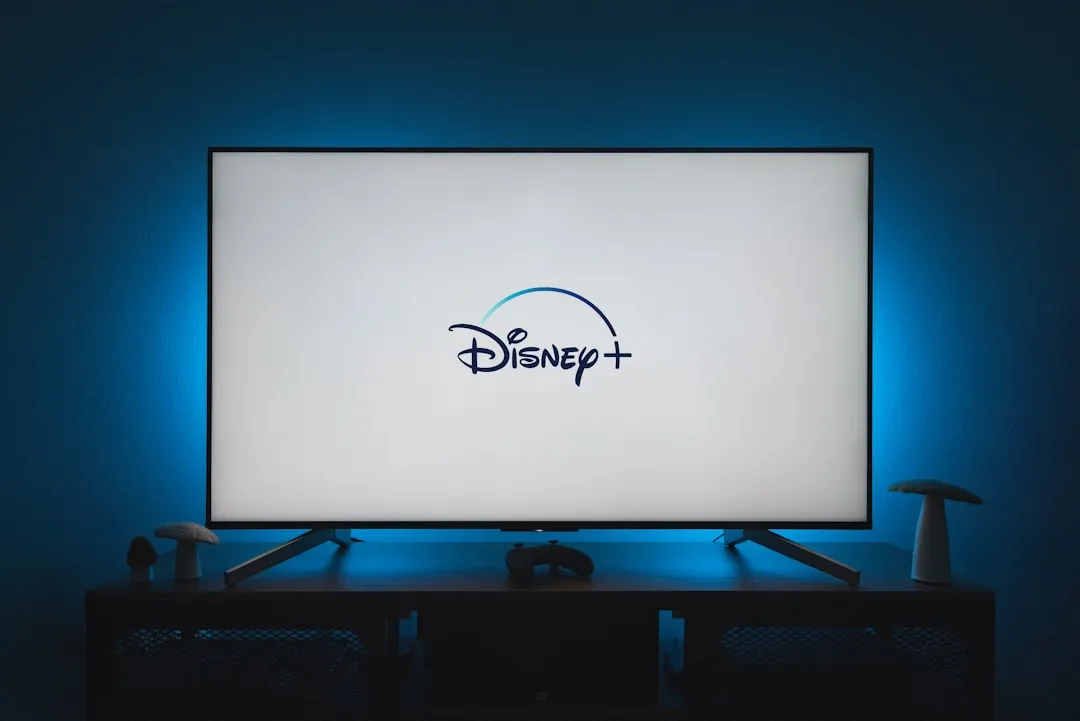


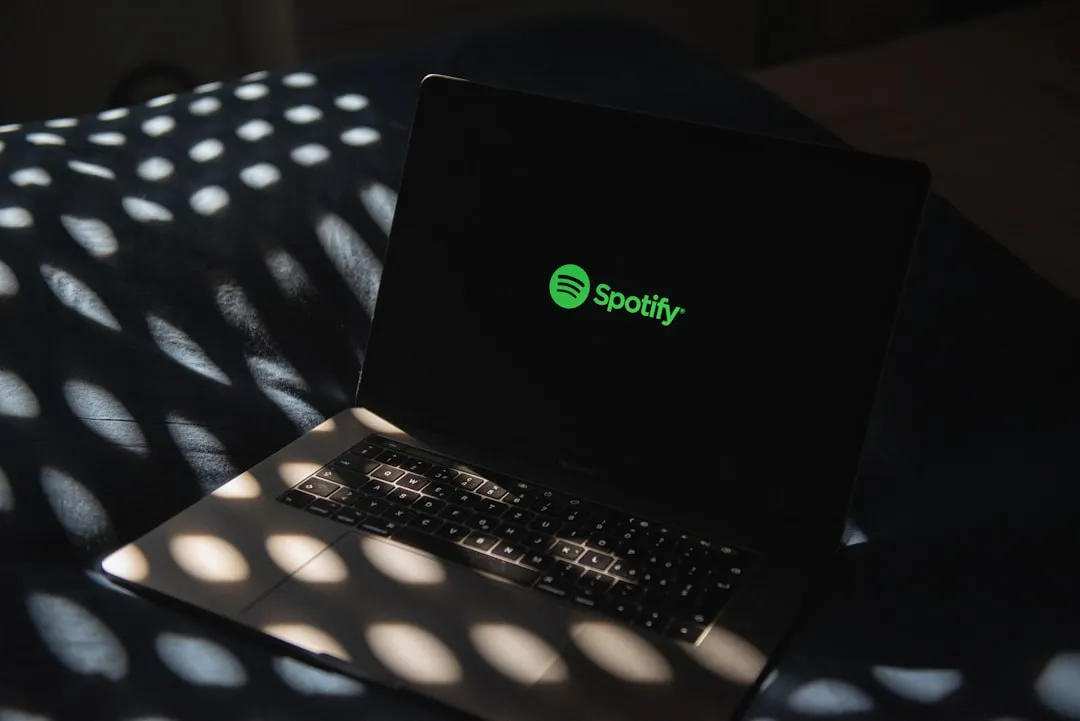

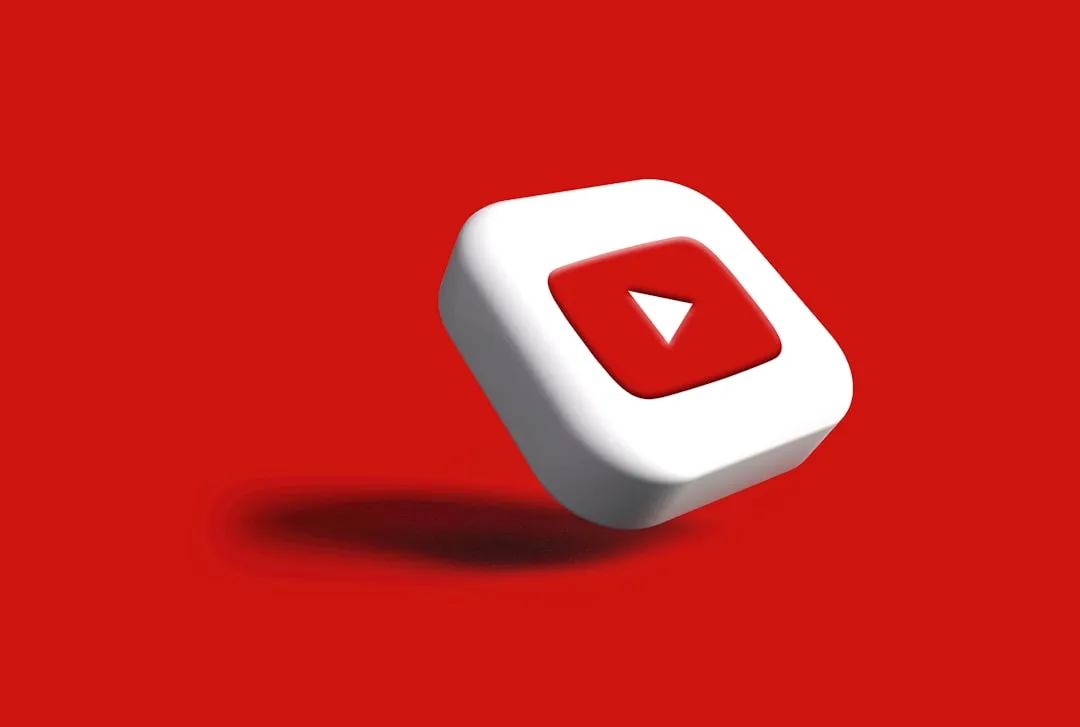
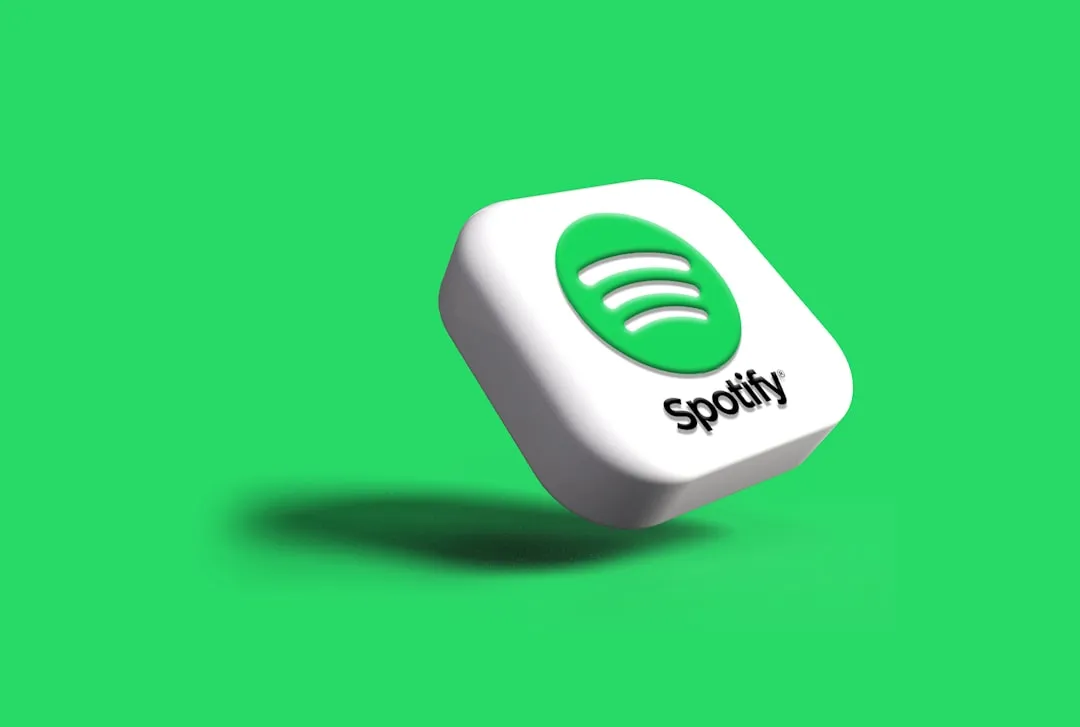
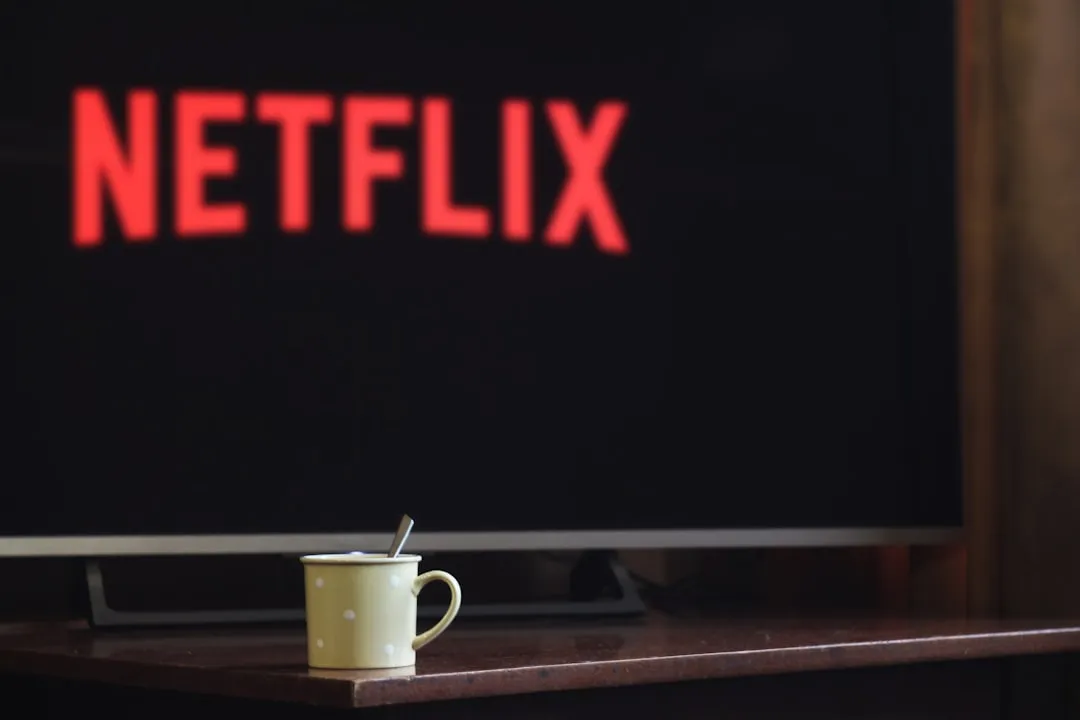

Comments
Be the first, drop a comment!